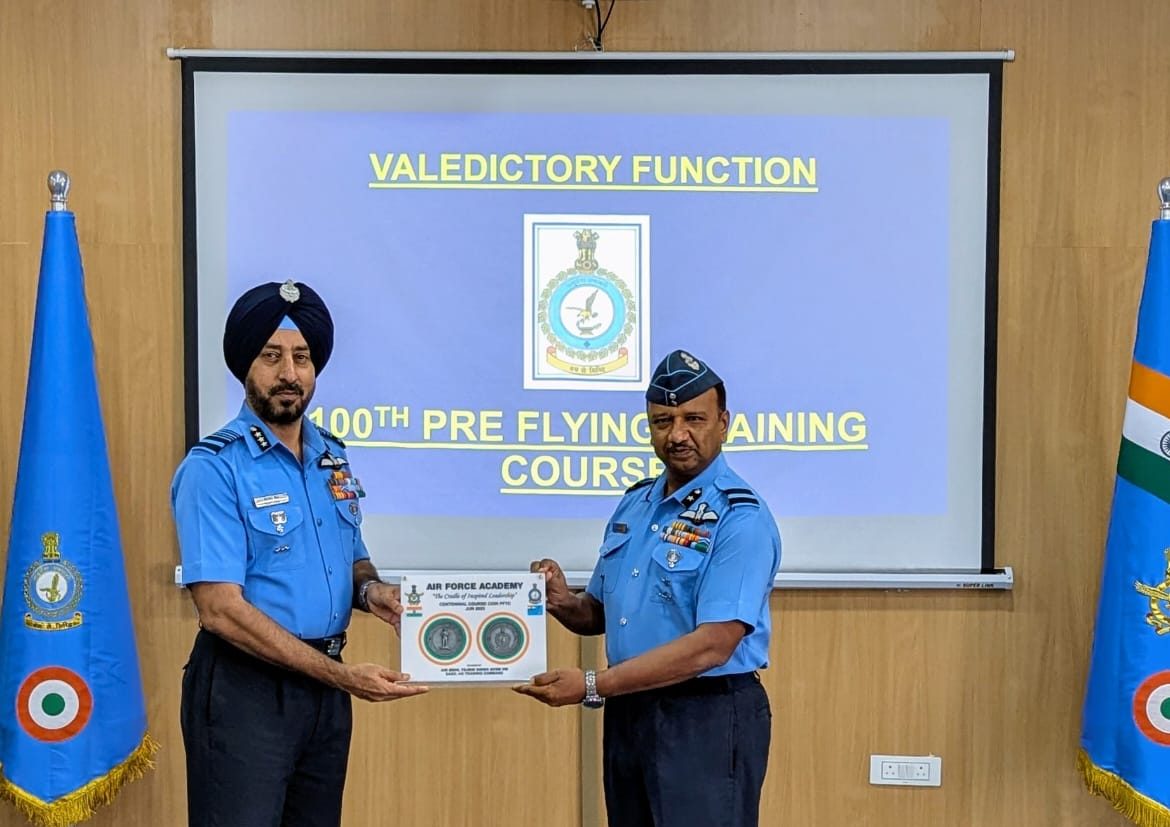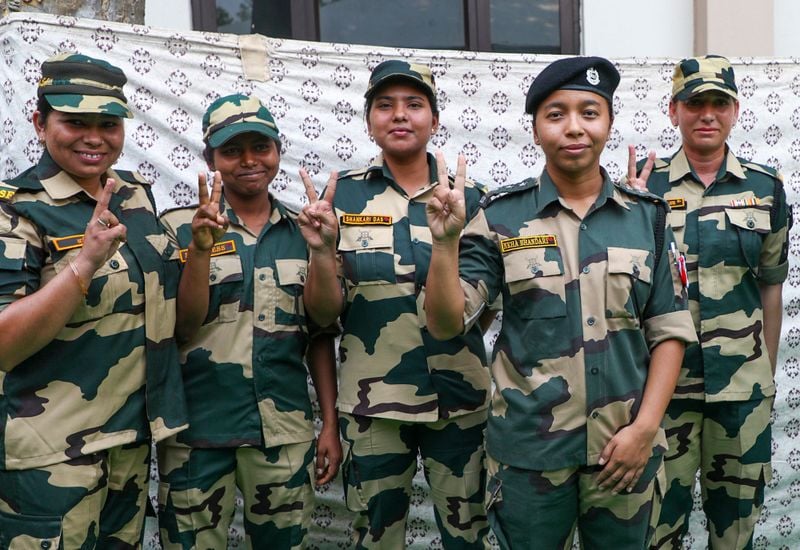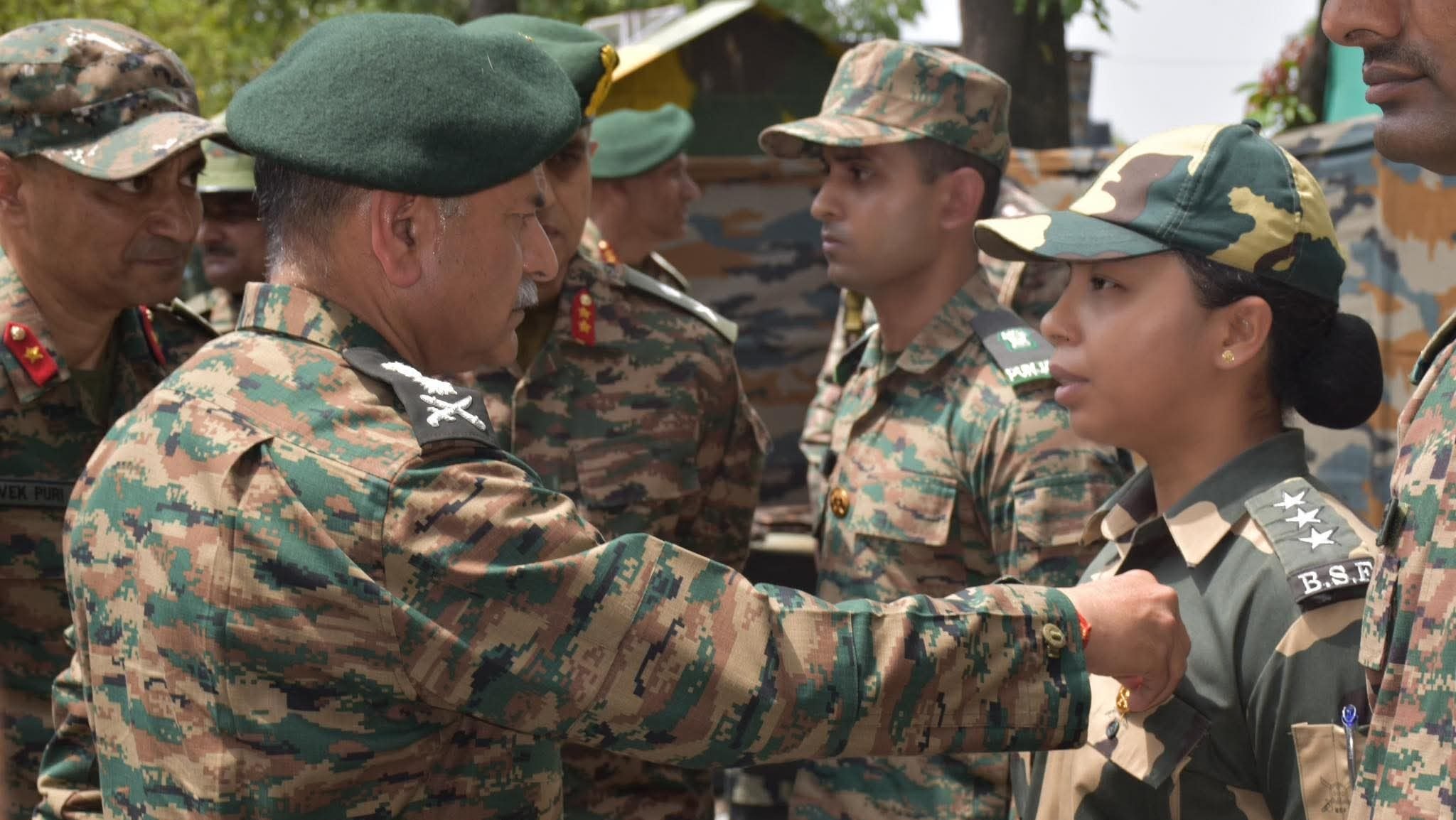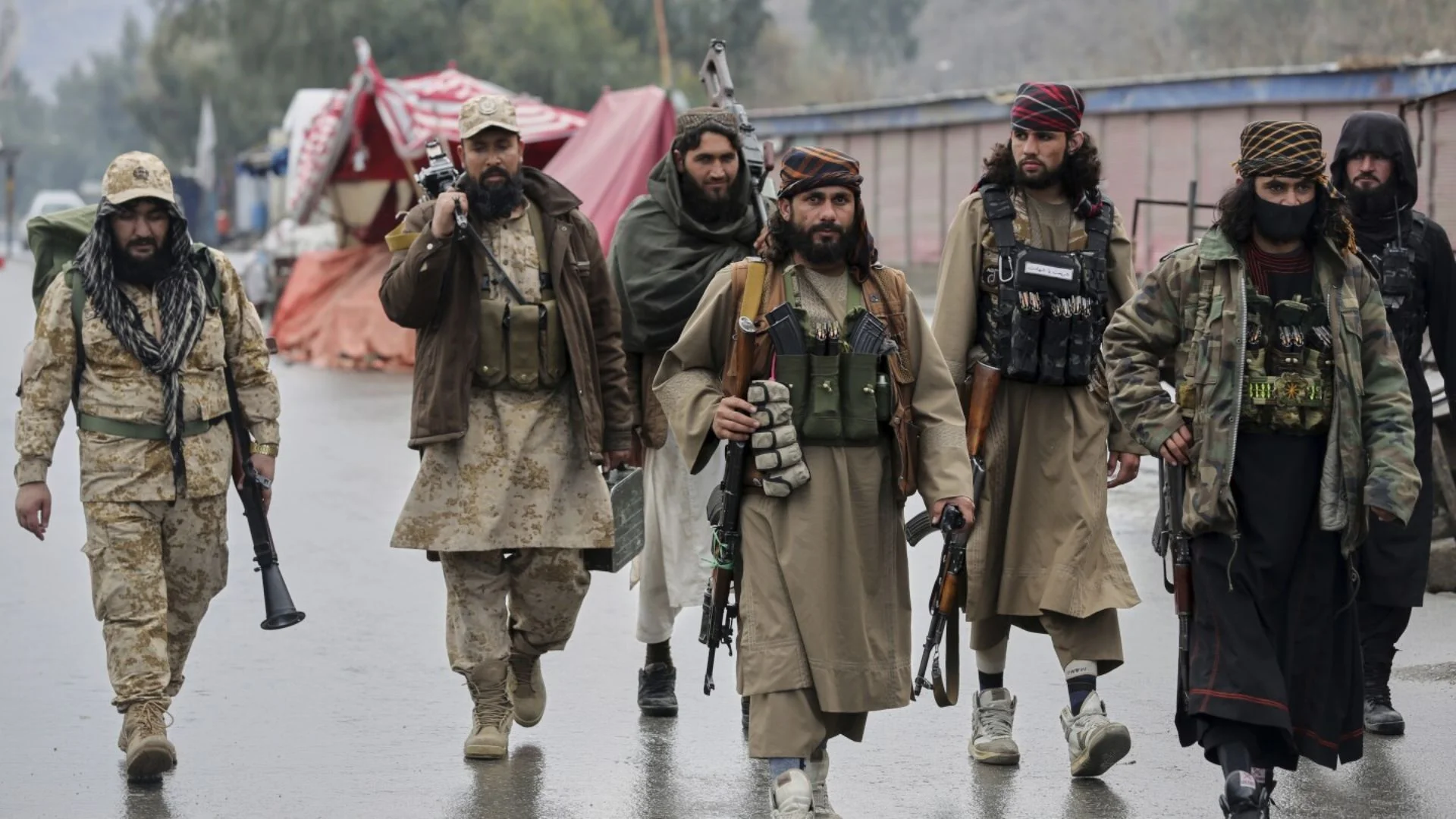Air Force Academy Marks 50 Years of Pre Flying Training Course with 100th Batch Celebration
The Air Force Academy (AFA) in Hyderabad commemorated a historic milestone this week by celebrating 50 years of its Pre…
7 BSF Women Led by AC Neha Bhandari Defend Border Posts for 3 Days, Force Pakistani Retreat
In a landmark moment for women in uniform, seven female Border Security Force (BSF) officers led by Assistant Commandant Neha…
BSF Assistant Commadant Neha Bhandari Awarded Commendation Disc by Army Chief for Gallantry in Operation Sindoor
In a ceremony underscoring valor and frontline leadership, Chief of Army Staff General Upendra Dwivedi presented the prestigious Commendation Disc…
India Fortifies Siliguri Corridor with Rafale Jets and S-400 Systems Amid Regional Tensions
In a decisive strategic move, India has bolstered its military defenses in the Siliguri Corridor—commonly referred to as the 'Chicken’s…
Indian Army Athlete Yoonus Shah Wins Bronze in 1500m at Asian Athletics Championships 2025
Havaldar Yoonus Shah of the Indian Army’s Golden Katar Division earned a bronze medal in the men’s 1500-meter race at…
Pakistani Taliban-Police Clash in PoK: Six Killed in Encounter
In a deadly overnight operation, Pakistani security forces launched a raid on a suspected Tehrik-e-Taliban Pakistan (TTP) hideout in Pakistan-occupied…






